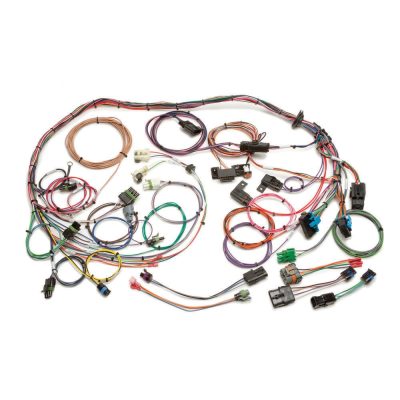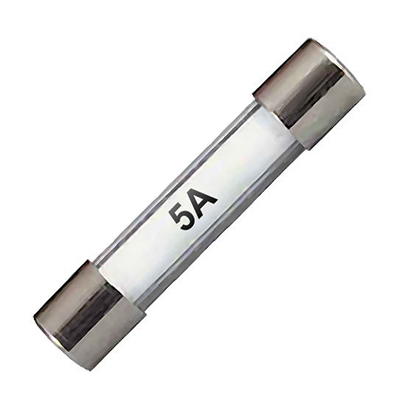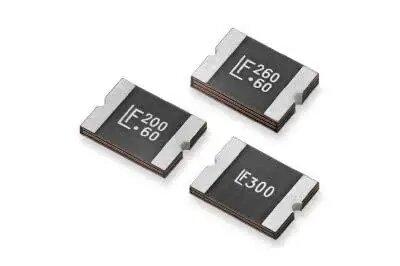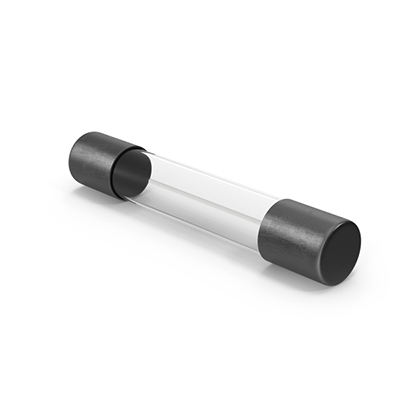Wire Harness Integration in Automotive Braking Systems for Sensor-ECU Communication
News 2025-10-24
Wire harnesses play a critical role in automotive braking systems by facilitating seamless data transmission between sensors and the electronic control unit (ECU). These components are essential for modern vehicles, where precise communication ensures effective braking performance, safety, and compliance with industry standards. In braking systems, wire harnesses connect various sensors, such as those detecting wheel speed or brake pressure, to the ECU, enabling real-time data processing that supports features like anti-lock braking and electronic stability control. By providing a structured and protected pathway for electrical signals, wire harnesses help prevent failures that could lead to accidents, making them a key element in automotive engineering.

Application Scenarios
Wire harnesses are deployed in diverse automotive braking applications, from passenger cars to commercial vehicles and electric models. In conventional internal combustion engine vehicles, they link sensors in the braking system to the ECU for functions like traction control and adaptive cruise control. For electric and hybrid vehicles, these harnesses manage higher voltage requirements and integrate with regenerative braking systems, ensuring efficient energy recovery. Additionally, in advanced driver-assistance systems (ADAS), wire harnesses support the connectivity needed for automated emergency braking, where rapid sensor data exchange is vital. This versatility makes wire harnesses indispensable across vehicle types, enhancing overall system reliability in varying driving conditions.
Performance Advantages
Wire harnesses offer significant benefits in automotive braking systems, including enhanced durability and resistance to environmental factors like heat, vibration, and moisture. Constructed from high-quality materials such as insulated cables and protective sheathing, they minimize signal interference and reduce the risk of short circuits, leading to consistent performance. Their design allows for compact routing within the vehicle’s chassis, optimizing space and weight, which contributes to better fuel efficiency. Moreover, by enabling faster data transfer rates, wire harnesses improve response times in critical situations, such as sudden stops, thereby boosting safety. These attributes make wire harnesses a preferred choice for manufacturers aiming for high-performance braking solutions.
Frequently Asked Questions
1、What is the primary function of a wire harness in braking systems?
It bundles and protects electrical wires, ensuring secure connections between sensors and the ECU for accurate data transmission and system operation.
2、How do wire harnesses contribute to vehicle safety?
They provide reliable signal pathways that reduce errors and failures, supporting features like ABS and stability control to prevent accidents.
3、What factors influence the design of wire harnesses for braking applications?
Factors include vehicle type, environmental conditions, voltage requirements, and integration with other systems to ensure optimal performance and longevity.


